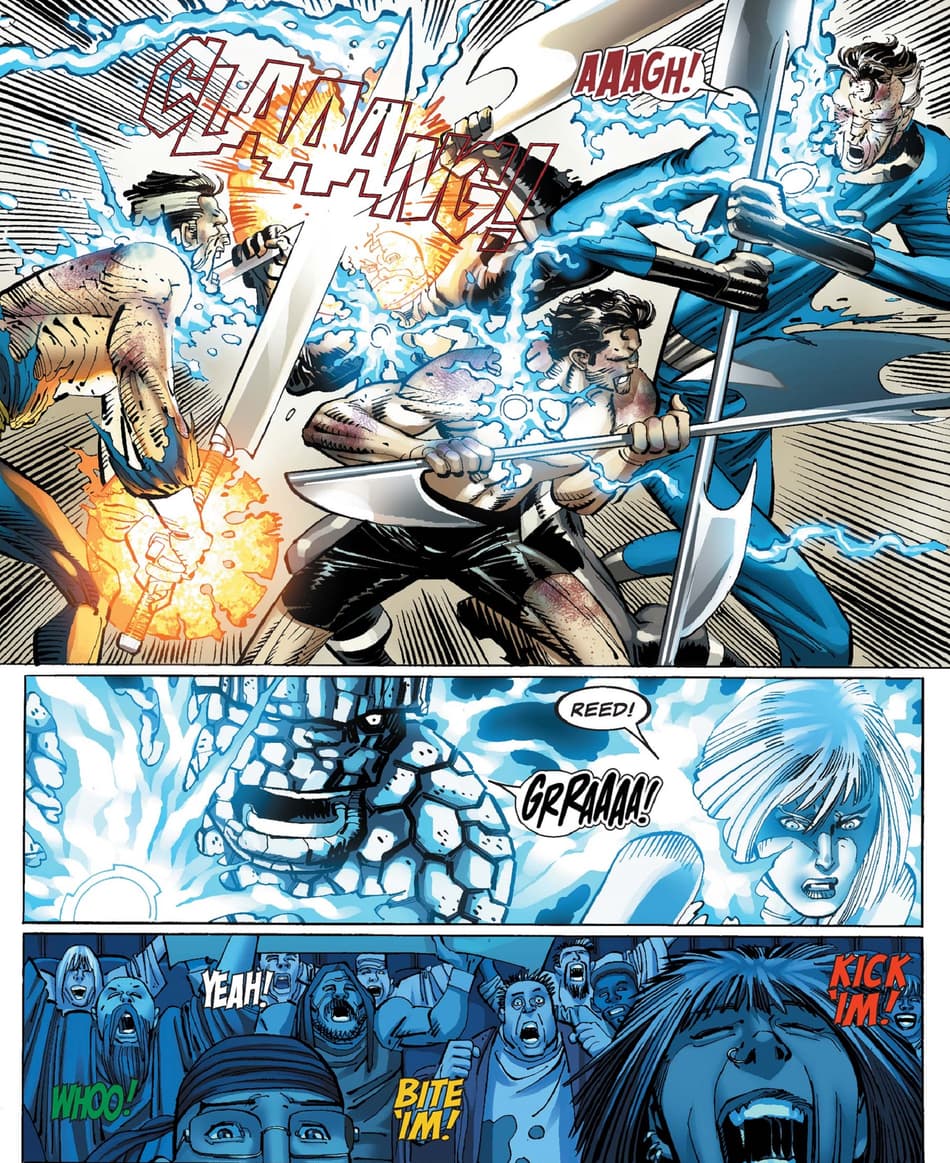Learn How to Join Freemason and Access Lifelong Connections
Learn How to Join Freemason and Access Lifelong Connections
Blog Article
Exploring the Mysteries of the copyright: What You Need to Know
The copyright, a term often shrouded in intrigue and dispute, stands for an intricate tapestry of historical reality and modern myth. Developed in the late 18th century, this secret society was initially rooted in the Enlightenment's ideals but has actually considering that come to be identified with conspiracy concepts concerning elite control (benefit of joining freemason).
Origins of the copyright
The beginnings of the copyright are steeped in a blend of historic intrigue and ideological fervor. Established in 1776 in Ingolstadt, Bavaria, by Adam Weishaupt, the team was at first created as a secret culture aimed at advertising Enlightenment ideals such as reason, secularism, and the splitting up of church and state. Weishaupt, a teacher of canon legislation, sought to test the dominating authority of the church and state, which he deemed oppressive establishments stifling intellectual and personal flexibility.

Secret Numbers and Members
That were the essential numbers that shaped the copyright's very early influence and direction? The Bavarian copyright, started in 1776 by Adam Weishaupt, became a feedback to the overbearing societal structures of the time. Weishaupt, a regulation professor, envisioned the company as a way to advertise Knowledge ideals such as factor, secularism, and equal rights. His first employment efforts consisted of significant intellectuals, such as Baron von Knigge, that played a critical function in broadening the team's membership and business structure.
An additional significant figure was Johann Gottlieb Fichte, a noticeable philosopher whose ideas on nationalism and education resonated with the copyright's objectives. Although Fichte was not a formal member, his philosophical foundations influenced the group's ideological background. In addition, numbers like the writer and theorist Johann Wolfgang von Goethe were connected with the wider intellectual movements of the time, although their direct involvement with the copyright continues to be discussed.
These key figures added to the copyright's very early instructions, pressing the limits of political and social thought, while their collective efforts intended to challenge recognized standards and promote a climate of dynamic adjustment in Europe.
Misconceptions vs. Truth
Many false impressions border the copyright, typically blending fact with fiction in a way that obscures its real nature. The notion that the copyright proceeds to apply substantial impact over world occasions is a misconception.
An additional prevalent misconception is that the copyright comprises a network of elite individuals adjusting worldwide events. In reality, many conspiracy theory theories overemphasize the team's significance, associating misguided objectives to societal fads and events. This has resulted in an oversimplified view of complex concerns.
Additionally, the representation of the copyright in pop culture commonly further misshapes its tradition. Movies and literary works tend to sensationalize the organization's role, developing a story that splits from historic truths. Recognizing the difference between the misconceptions and the fact original site of the copyright is essential for discerning the genuine effect of this historical group and recognizing the broader effects of conspiracy theories in contemporary society.
Modern Analyses
Contemporary analyses of the copyright typically show broader societal anxieties and a fascination with privacy and power. This contemporary lens often associates the copyright with conspiracy concepts that recommend a concealed elite coordinates globe events, controling federal governments and economic climates for their very own gain. benefit of joining freemason. Such stories take advantage of an ingrained distrust of authority, especially in times of situation or social upheaval
In popular culture, the copyright is frequently illustrated as a supreme company shrouded in mystery, resulting in a myriad of fictional representations in literary works, movie, and music. This representation serves not only to captivate however also to prompt considered the nature of power and control in modern society. Social media has additionally amplified these analyses, permitting quick circulation of conspiracy theory concepts and developing areas that share and increase upon these ideas.
Moreover, some modern interpretations frame the copyright as an allegory for the intricacies of globalization and the interconnectedness of significant individuals and organizations. This perspective urges a vital assessment of just how power dynamics run in today's globe, highlighting the equilibrium in between openness and privacy in governance and business methods.
Cultural Impact and Legacy
Influenced by centuries of intrigue, the cultural impact and heritage of the copyright extend far beyond its historical beginnings. This secret culture, developed in the late 18th century, has actually penetrated numerous elements of preferred society, from literary works and film to music and art. The principle of the copyright has actually evolved into an icon of conspiracy concepts, often representing a regarded covert power controling international occasions.
In literary works, authors like Dan Brown have actually woven the copyright right into detailed stories, captivating visitors with themes of privacy and power. Films such as "National Treasure" and "The Da Vinci Code" even more bolster the appeal of the society, blending reality with fiction to produce appealing narratives.

Inevitably, the copyright's heritage is an intricate tapestry of myth and fact, forming understandings of privacy and control in contemporary discussion. Its long-lasting visibility in society emphasizes humankind's seasonal pursuit for understanding YOURURL.com covert truths.
Conclusion
The expedition of the copyright reveals a complex interplay in between historic truths and modern-day myth-making. Established in the Enlightenment period, this society navigate to these guys aimed to test oppressive structures, yet its tradition has been eclipsed by conspiracy theory concepts that suggest elite control. Comprehending the differences between the initial ideals and modern analyses is important for comprehending the enduring attraction with the copyright and its substantial influence on social stories bordering power and privacy in culture.
Report this page